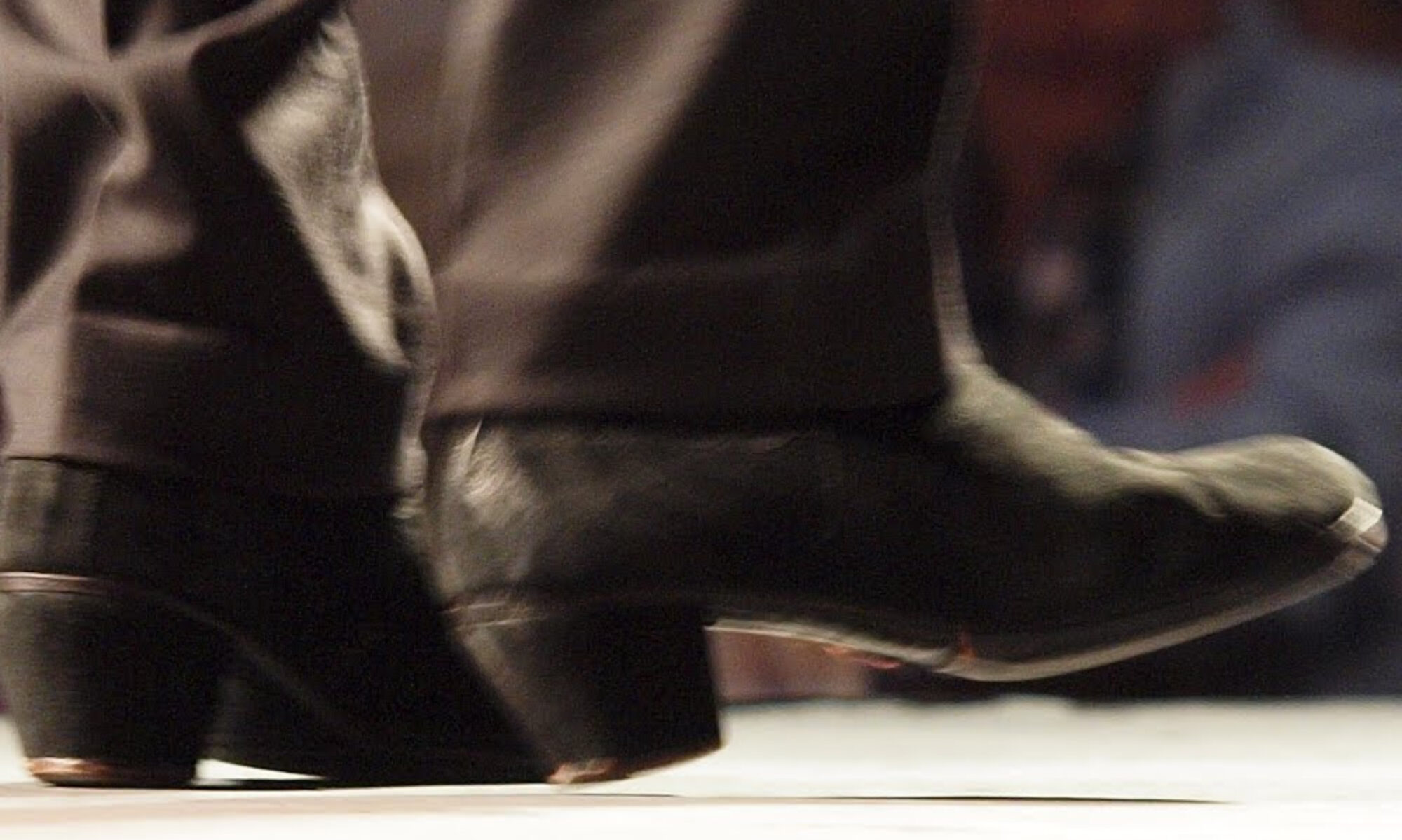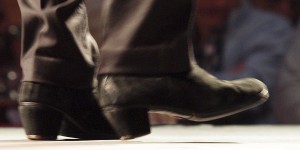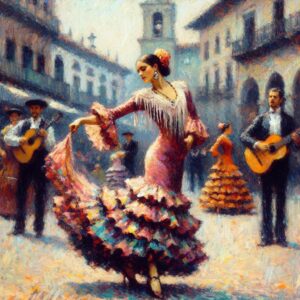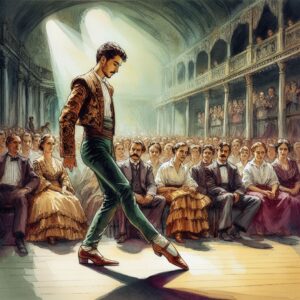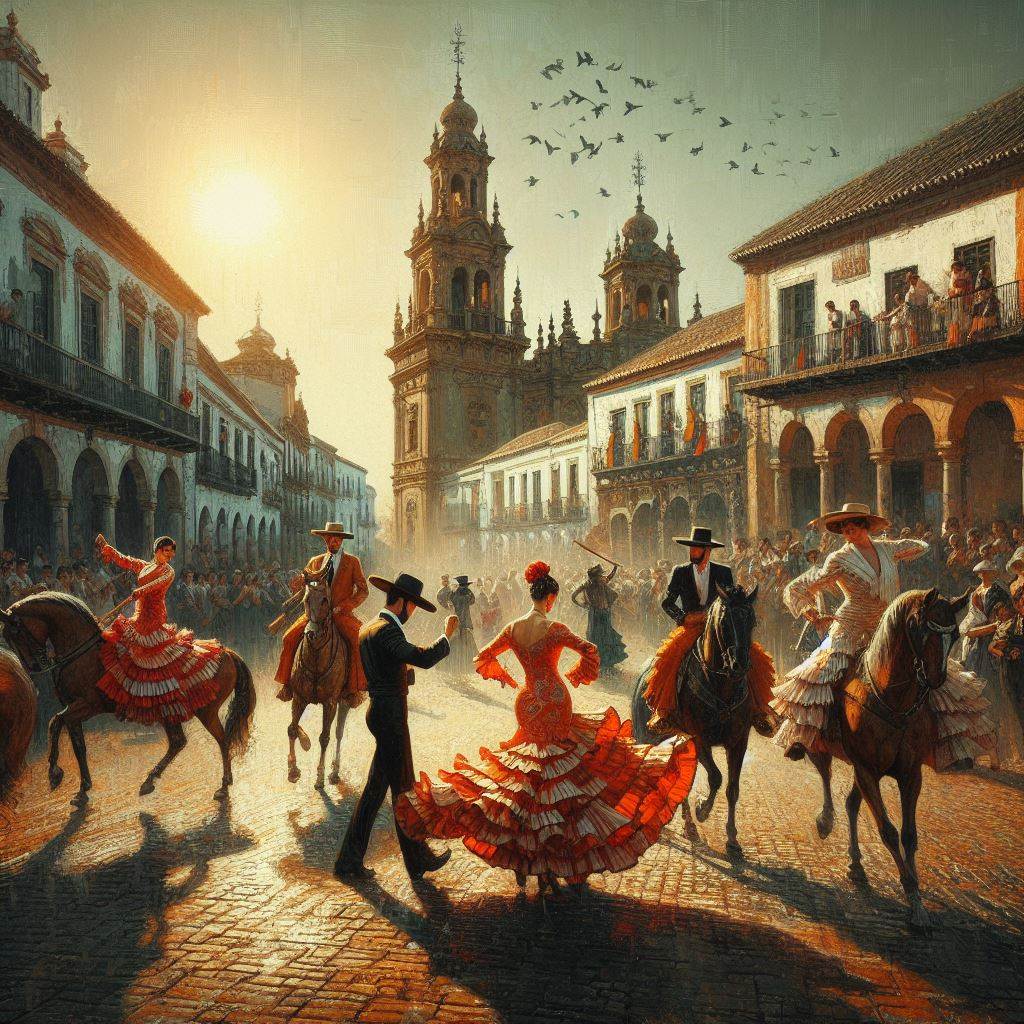
In the sun-drenched lands of Jerez de la Frontera, where the Andalusian spirit dances in the air like the whispering winds, there exists a tale woven with the threads of passion and rhythm, a tale that resonates through the cobblestone streets and the hearts of its people—the tale of Flamenco.
In the heart of this ancient city, where history whispers its secrets through the arches of Moorish palaces and the echoes of horse hooves on cobblestone, Flamenco finds its home. It is here, amidst the scent of orange blossoms and the fervor of the Andalusian sun, that Flamenco dancing unfurls its tale, like a flower blossoming under the moonlit sky.
Once, in the depths of time, Flamenco emerged from the crucible of cultures that called this land their own. It is said that the sorrowful melodies of the Moors, the spirited rhythms of the Gypsies, and the proud echoes of Spanish folk songs converged in a symphony of emotion, birthing Flamenco—a dance that speaks the language of the soul.
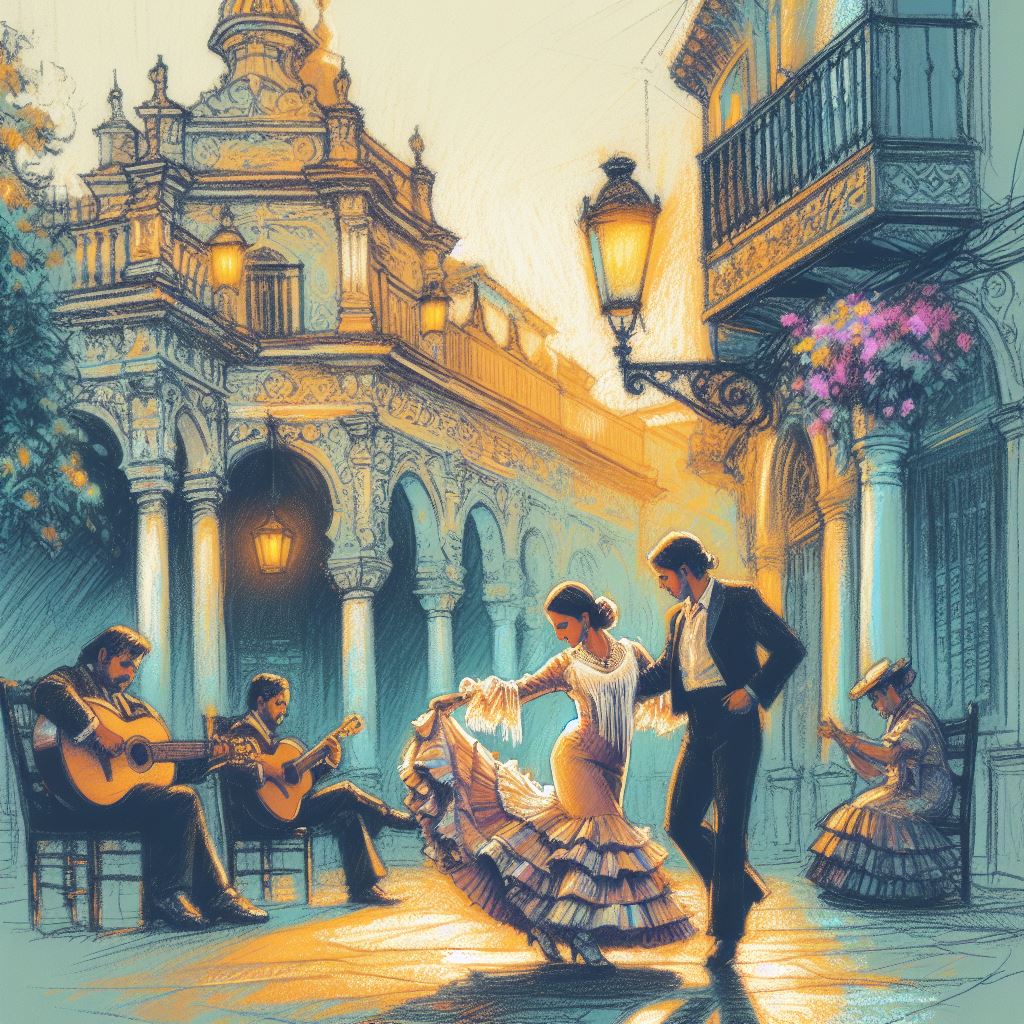
In Jerez de la Frontera, Flamenco is more than just a dance—it is a way of life. It is etched into the very fabric of existence, pulsating through every heartbeat and resonating in every step. In the smoky taverns and the whitewashed courtyards, Flamenco comes alive, its rhythms weaving a tapestry of tales—of love and loss, of longing and belonging.
Under the watchful gaze of the stars, Flamenco dancers take to the stage, their heels striking the wooden floor like thunder, their hands carving poetry in the air. With every twist and turn, they summon the spirits of the past, invoking the ghosts of ancestors who danced beneath the same moonlit sky.
In Jerez de la Frontera, Flamenco is more than just a dance—it is a testament to the resilience of the human spirit, a celebration of life in all its complexities. It is a fiery expression of defiance in the face of adversity, a defiant proclamation of identity in a world that seeks to erase it.
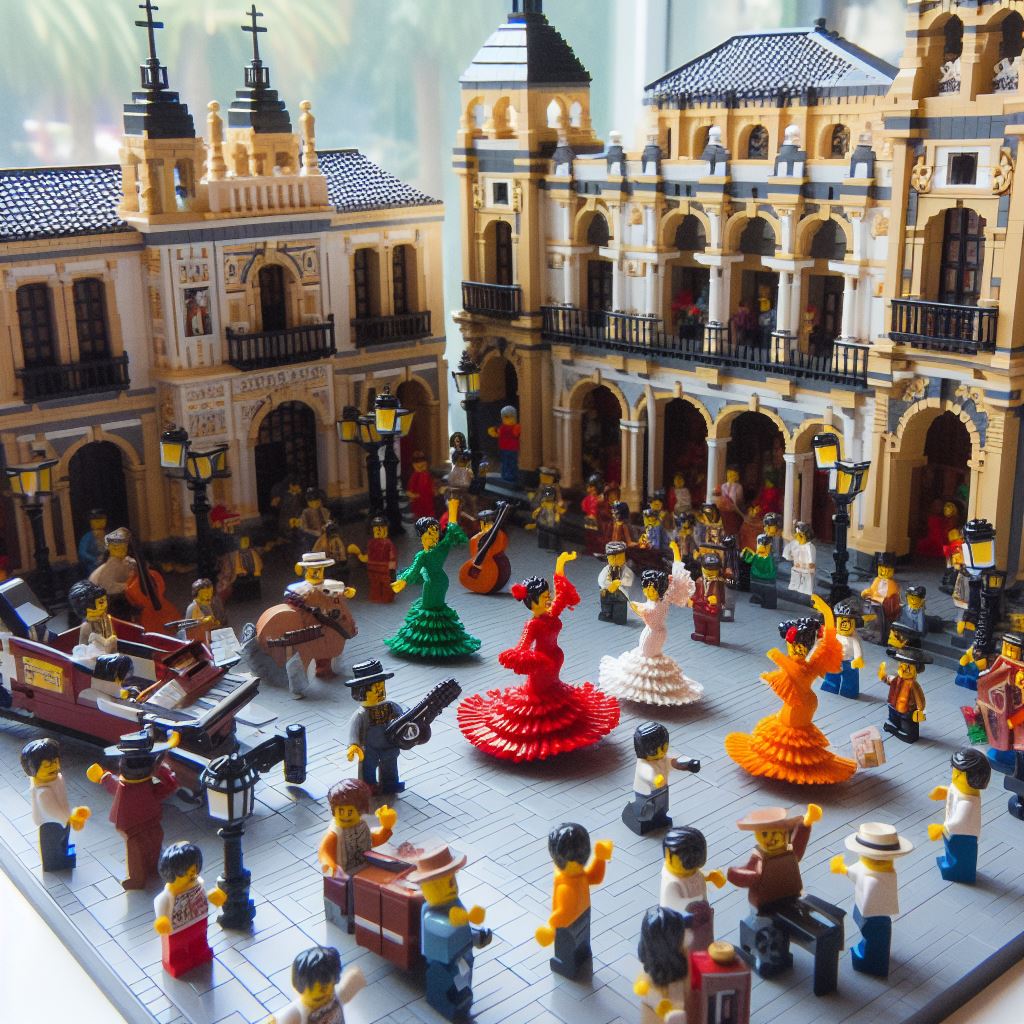
And so, the story of Flamenco in Jerez de la Frontera continues to unfold, like a river flowing through time, carrying with it the hopes and dreams of generations past and present. In its swirling currents, one can glimpse the essence of Andalusia—the passion, the beauty, and the indomitable spirit that define this ancient land.
